Understanding the Rate Float Down: A Comprehensive Guide
In the ever-evolving world of mortgage loans, understanding the various options available to borrowers is crucial. One such option that has gained popularity in recent years is the Rate Float Down. As we navigate through 2025, it’s essential to grasp the concept of a Rate Float Down and how it can benefit potential homeowners in Florida and beyond.

What is a Rate Float Down?
A Rate Float Down is a mortgage feature that allows borrowers to lock in an interest rate while still having the flexibility to take advantage of lower rates if they decrease before closing. This option is particularly appealing in a fluctuating interest rate environment, as it provides a safety net for borrowers who want to secure a favorable rate without missing out on potential savings.
For instance, if a seller lists their home at $300,000, a buyer may offer $290,000, and after some negotiation, they might settle on a sales price of $295,000. This agreed-upon price becomes the basis for the purchase contract, which legally binds both parties to the transaction.
However, it’s important to note that the sales price is not the ultimate determinant of the home’s value. Just because you’re willing to pay $295,000 doesn’t mean the property is objectively worth that amount. That’s where the appraised value comes in.
How Does a Rate Float Down Work?
When a borrower opts for a Rate Float Down, they initially lock in an interest rate with their lender. This locked rate serves as a ceiling, ensuring that the borrower won’t have to pay a higher rate if market rates increase. However, if interest rates drop before the loan closes, the borrower has the opportunity to “float down” to the lower rate, potentially saving thousands of dollars over the life of the loan.
It’s important to note that not all lenders offer Rate Float Down options, and those that do may have specific terms and conditions. Typically, there is a fee associated with this feature, which can vary depending on the lender and the specifics of the loan.

Benefits of a Rate Float Down
- Protection Against Rising Rates: The primary advantage of a Rate Float Down is the protection it offers against rising interest rates. By locking in a rate, borrowers can rest assured that they won’t be subject to higher rates if the market shifts unfavorably.
- Potential Savings: If interest rates decrease after the initial rate lock, borrowers can take advantage of the lower rates, resulting in significant savings over the life of the loan. This flexibility can be particularly beneficial in a volatile market.
- Peace of Mind: The Rate Float Down option provides peace of mind to borrowers who may be concerned about the unpredictability of interest rates. Knowing that they have the opportunity to secure a lower rate if it becomes available can alleviate stress and uncertainty.
Considerations and Limitations
While the Rate Float Down option offers several benefits, there are also some considerations and limitations to keep in mind:
- Fees: As mentioned earlier, there is usually a fee associated with the Rate Float Down feature. Borrowers should carefully evaluate whether the potential savings outweigh the cost of the fee.
- Availability: Not all lenders offer Rate Float Down options, and the terms and conditions can vary significantly. It’s essential to shop around and compare different lenders to find the best option for your specific needs.
- Timing: The timing of the rate lock and the float down can impact the overall savings. Borrowers should work closely with their lender to determine the optimal time to lock in a rate and monitor market trends to make informed decisions.

Rate Float Down in 2025: What to Expect
As we move through 2025, the mortgage market continues to be influenced by various economic factors, including Federal Reserve policies, inflation rates, and global economic conditions. In January 2025, the Federal Reserve opted to hold interest rates steady, ending a succession of three consecutive rate cuts in late 2024. However, financial markets are currently pricing in at least two rate cuts by the end of this year.
Given this context, the Rate Float Down option remains a valuable tool for borrowers looking to navigate the uncertainties of the mortgage market. With the potential for interest rates to fluctuate throughout the year, having the flexibility to lock in a rate while still being able to take advantage of lower rates can provide significant financial benefits.
Conclusion
In conclusion, the Rate Float Down is a powerful mortgage feature that offers borrowers the best of both worlds: protection against rising interest rates and the potential for savings if rates decrease. As we navigate the complexities of the mortgage market in 2025, understanding and utilizing options like the Rate Float Down can help borrowers make informed decisions and secure favorable loan terms.
Whether you’re a first-time homebuyer or looking to refinance your existing mortgage, exploring the Rate Float Down option with your lender can provide peace of mind and financial security in an ever-changing market.
References:
Read More
Leave Your Information Now!
Want personalized assistance? Visit our 'Contact Us' tab and leave your information with one of our experts.


Location
United States
Contact Info
- 14750 NW 77th Ct Suite 204, Miami Lakes, FL 33016
- 3150 SW 145th Ave, Miramar, FL 33027
- (786) 505-5105
- Fax: (754) 225-1011
- Team@LamasLoans.com
We do not share data with third parties for marketing/promotional purposes.
By submitting your phone number to Lamas Loans, you are authorizing a representative of our company to send you text messages and notifications. Message frequency may vary. Message/data rates apply. Reply STOP to unsubscribe to a message sent from us, and HELP to receive help.
Copyright © 2024 LAMAS LOANS | NMLS # 1517696 | An Equal Housing Lender


